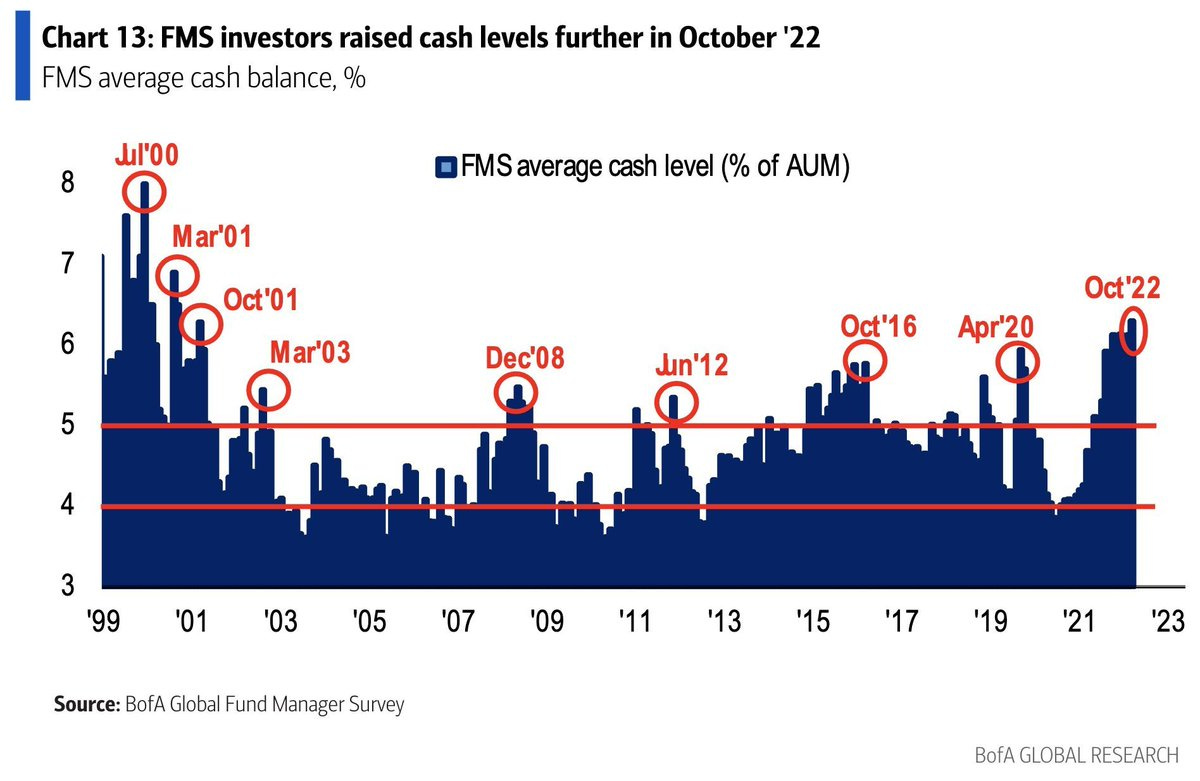Will the US$ 23.7 trillion Treasury’s market be the source of the next financial crisis?
The following asset classes all depend on Treasuries:
All US yield curves
SWAP curves
Mortgages rates
MBS mortgage back securities
CLOs
Corporates bonds
EM bonds in USD
Everything is priced by “risk free + risk premium” and treasuries’ yields are also used to obtain an NPV value, even the “fair value” of the S&P500 is calculated actualizing future earnings with this yield.
Moreover, treasuries are the collateral on derivatives for institutional investors and not only. If prices starts falling, every collateralized investor will have to sell other assets to guarantee cash.
What happened in UK to pension funds could broaden to the entire financial system.
Bloomberg: US Treasuries have entered the longest sustained slump in 38 years, as policy makers signal their determination to keep raising rates until they are sure inflation is under control.
The yield on benchmark 10-year notes jumped 23 basis points this week to 4.25% on Friday, heading for a 12-week streak of increases that would match the duration of the 1984 episode when then-Federal Reserve Chairman Paul Volcker was carrying out a series of rapid interest rate hikes.
Bonds and equities have fallen sharply this year as central banks rushed to hike interest rates to tame surging inflation. That sent yields and volatility soaring, prompting investors to pile into the dollar as the key safe haven. Twenty-two of 31 major currencies tracked by Bloomberg are down more than 10% this year.
The latest spur for the worldwide selloff came as swaps traders priced in the highest peak yet for the Fed’s policy rate, projecting it topping-out at 5% in the first half of 2023. March and May 2023 overnight index swap contracts each exceeded 5% on Thursday in the New York session. Both were below 4.70% as recently as Oct. 13 before US consumer inflation exceeded estimates.

Tighter policy expectations drove the yield on 10-year inflation-protected Treasuries up as much as 3 basis points to 1.76%, the highest since 2009, feeding through to lower equity valuations due to a drag on corporate earnings.
The rapid collective central-banking pivot from stimulus to stinginess is placing strains on governments and economies around the world. On Friday the yield on three-year Australian debt surged 15 basis points to 3.78%, a 10-year high, and the Bank of Japan was forced to intervene for a second day to try and hold the 10-year yield at its 0.25% ceiling.
BofA: ‘Fragile’ Treasury market is at risk of ‘large scale forced selling’ or surprise that leads to breakdown
“We are worried about a loss of adequate liquidity in the market”
Janet Yellen, US Secretary of the Treasury
Strategists at BofA Securities are studying the causes of the illiquidity in bond market.
Mark Cabana, Ralph Axel and Adarsh Sinha:
“We believe the UST market is fragile and potentially one shock away from functioning challenges arising from either large scale forced selling or an external surprise. A UST breakdown is not our base case, but it is a building tail risk”.
The analysts said they see risks that could arise from mutual-fund outflows, the unwinding of positions held by hedge funds, and the deleveraging of risk-parity strategies that were put in place to help investors diversify risk across assets.
In addition, a shift in the Bank of Japan’s yield curve control policy could surprise bond investors: BOJ’s is aiming at keeping the 10-year yield on the country’s government bonds at around zero, and is being pushed to a breaking point because of rising interest rates and yields worldwide. As a result, some expect the BOJ to tweak its policy, which was introduced in 2016 and is seen as increasingly out of line with other central banks.
Illiquidity in the ordinarily smooth-functioning Treasury’s market means that government debt can’t be easily and quickly bought and sold without significantly impacting the underlying price of bonds, and that type of situation would theoretically translate into trouble for just about every other asset class.
Traders are just beginning to factor in a greater chance that the fed-funds rate target could go above 5% next year, versus a current level between 3% and 3.25%, which raises the likelihood of continued bond selloffs not long after investors just wrapped their heads around a 4% level for interest rates.






